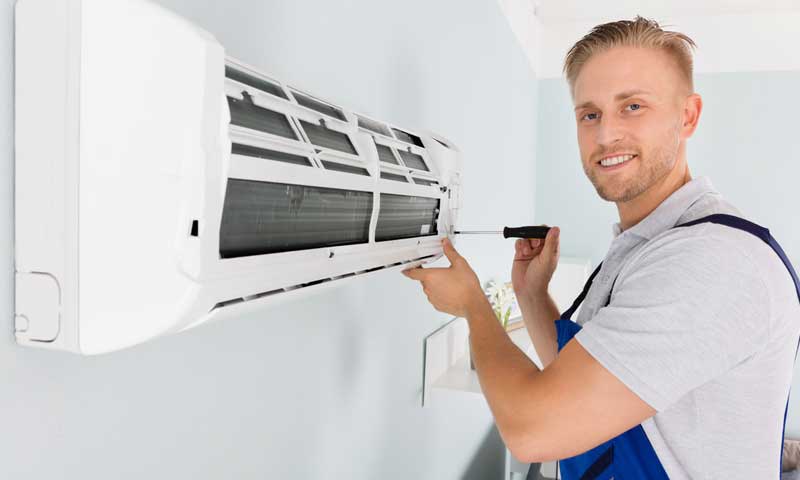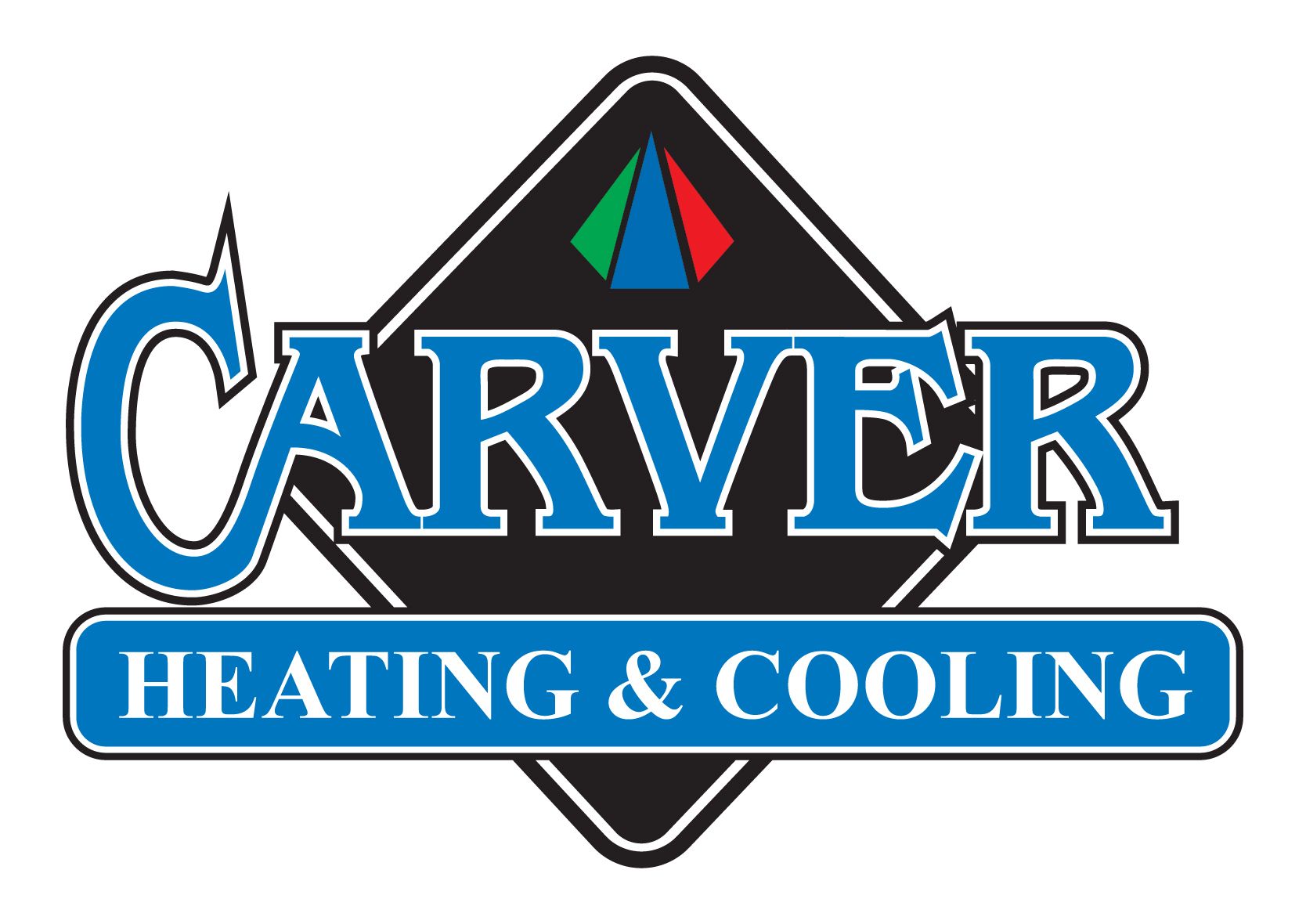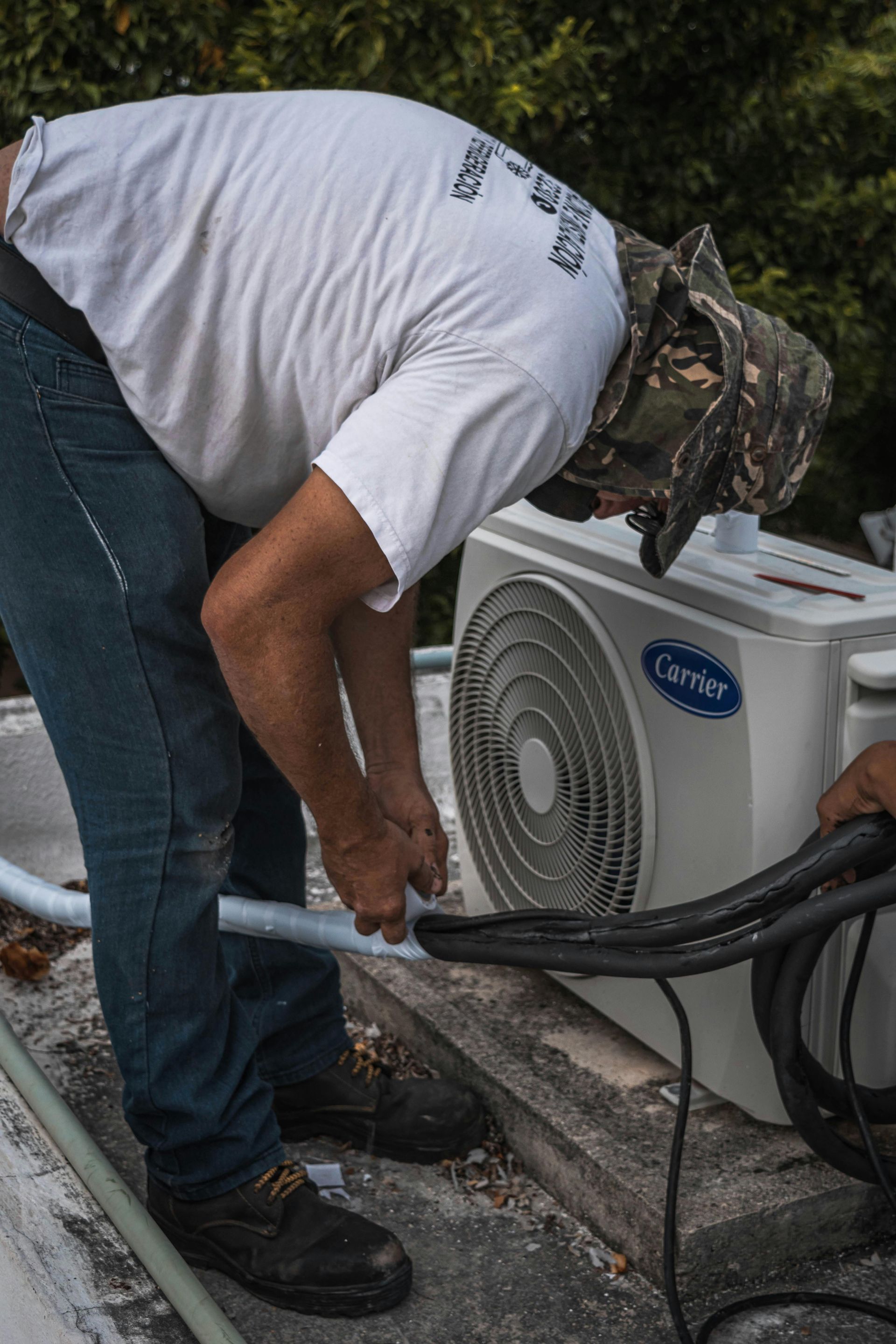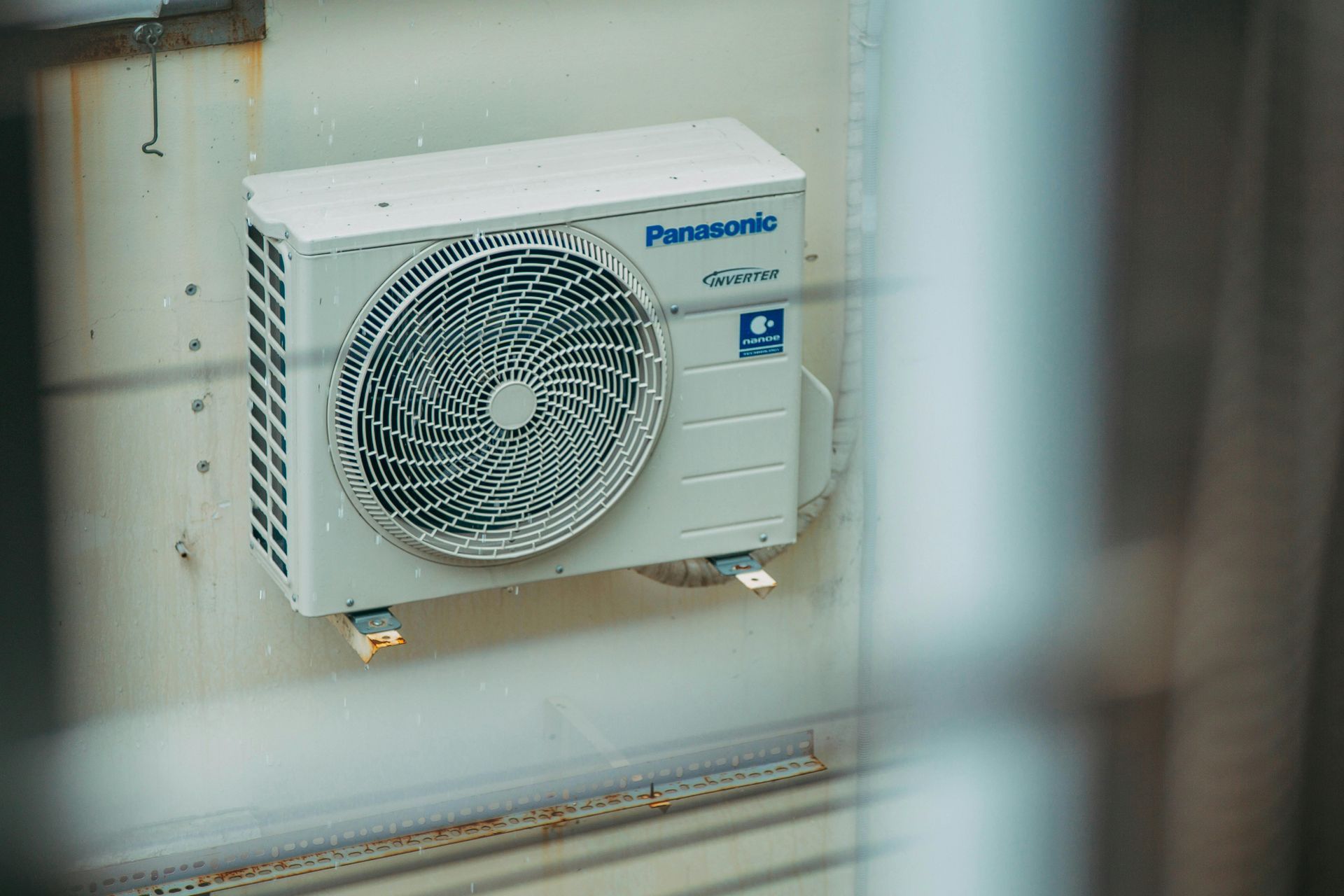Heating Thermostat: An Essential Tool for Efficient Temperature Control
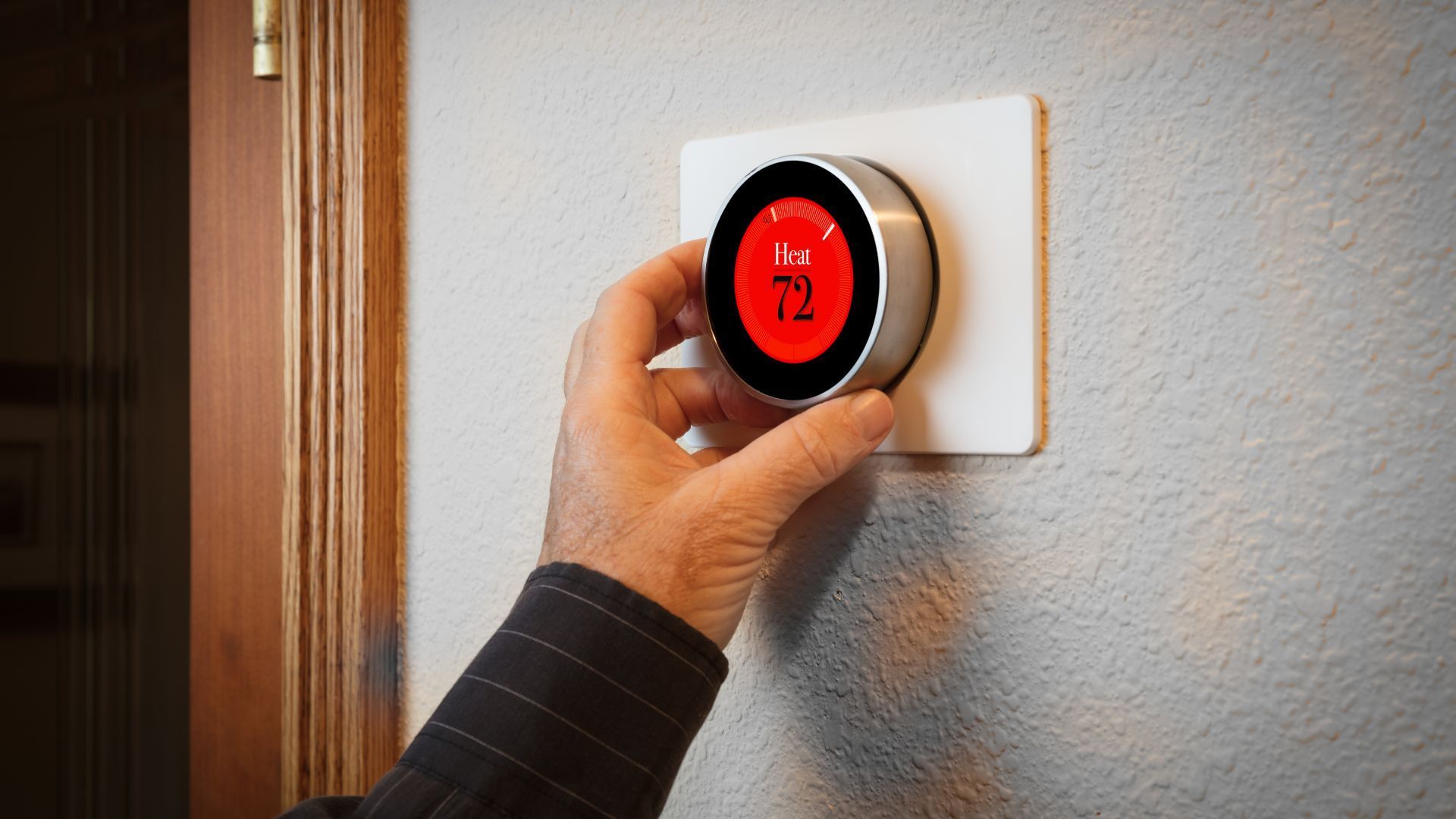
Heating plays a crucial role in maintaining a comfortable and cozy living environment. In today's technologically advanced world, heating thermostats have emerged as essential tools for controlling indoor temperatures effectively. With the ability to regulate and optimize heating systems, heating thermostats offer convenience, energy efficiency, and cost savings.
In this article, we will explore the benefits of using a heating thermostat, discuss different types available in the market, highlight important features to consider when choosing one, provide installation and setup guidance, offer tips for efficient use, address common troubleshooting issues, delve into the cost and energy savings associated with heating thermostats, and discuss the future of this technology.
What is a Heating Thermostat?
A heating thermostat is a device designed to control the temperature of a heating system in residential or commercial buildings. It enables users to set desired temperature levels, schedule heating cycles, and adjust settings according to their comfort and energy-saving preferences. By regulating the operation of heating systems, thermostats help maintain consistent temperatures, prevent overheating, and contribute to overall energy efficiency.
Benefits of Using a Heating Thermostat
Heating thermostats offer several advantages, making them an indispensable tool for temperature control. Here are some key benefits:
Enhanced Comfort
With a heating thermostat, users can easily set their preferred temperature, ensuring a comfortable living or working environment throughout the day.
Energy Efficiency
Heating thermostats allow users to program temperature settings based on occupancy patterns. This helps avoid unnecessary heating when spaces are unoccupied, resulting in energy savings and reduced utility bills.
Cost Savings
By optimizing heating cycles and reducing energy consumption, heating thermostats contribute to significant cost savings over time. Users can experience a noticeable reduction in their heating expenses.
Convenience and Flexibility
Programmable and smart thermostats offer advanced features such as remote control and scheduling options. These capabilities provide convenience and flexibility, allowing users to adjust temperature settings even when they are away from home.
Environmental Impact
With their energy-saving capabilities, heating thermostats contribute to a greener and more sustainable living environment. By reducing energy consumption, they help mitigate greenhouse gas emissions.
Types of Heating Thermostats
Heating thermostats come in various types, each offering unique features and functionalities. Let's explore the three main types:
Programmable Thermostats
Programmable thermostats allow users to set heating schedules in advance. They provide the flexibility to program different temperature settings for different times of the day or days of the week. This feature enables users to optimize heating cycles, reducing energy waste during unoccupied periods and providing comfort when needed.
Smart Thermostats
Smart thermostats take temperature control to the next level with their advanced connectivity and intelligent features. These thermostats can be controlled remotely via smartphones or other internet-connected devices. They often come equipped with learning algorithms that adapt to users' behavior and preferences, automatically adjusting temperature settings to maximize comfort and energy efficiency. Smart thermostats also provide real-time energy consumption data, allowing users to track and monitor their heating usage.
Manual Thermostats
Manual thermostats are the traditional and simplest form of heating thermostats. They offer basic temperature control options and do not have programmable or smart features. While they may lack advanced functionalities, manual thermostats are still effective in maintaining desired temperature levels.
Features to Consider when Choosing a Heating Thermostat
When selecting a heating thermostat, it's important to consider the following features:
Temperature Control Options
Look for a thermostat that offers precise temperature control and the ability to set desired temperature levels accurately. Some thermostats even provide advanced features like zoning, allowing you to control temperatures in different areas of your home separately.
Energy-saving Features
Energy-saving features such as adaptive learning algorithms, occupancy sensors, and temperature setback options can help optimize energy usage and reduce heating costs. Look for thermostats with Energy Star certification, as they meet specific efficiency standards.
Compatibility with Heating System
Ensure that the thermostat you choose is compatible with your heating system. Different systems, such as central heating, radiant floor heating, or heat pumps, may require specific thermostat compatibility. Check the manufacturer's specifications or consult a professional if needed.
Connectivity and Remote Control
Smart thermostats offer the convenience of remote control via smartphone apps or voice assistants. This allows you to adjust temperature settings even when you're away from home. Ensure that the thermostat has a reliable and user-friendly mobile app or integration with popular voice assistants like Alexa or Google Assistant.
Installation and Setup Process
Installing a heating thermostat can vary depending on the type and model. It's essential to follow the manufacturer's instructions carefully. Here's a general guide for installation:
Turn off power to the heating system at the circuit breaker.- Remove the existing thermostat from the wall.
- Install the new thermostat base and connect the wiring according to the manufacturer's instructions. It's recommended to label the wires during removal to simplify the installation process.
- Attach the thermostat cover or display unit to the base.
- Restore power to the heating system.
- Follow the on-screen or app instructions to complete the initial setup and connect the thermostat to your home's Wi-Fi network.
- If you're unsure about the installation process or encounter any difficulties, it's best to consult a professional HVAC technician for assistance.
Tips for Efficient Use of Heating Thermostats
- Set temperature schedules based on your occupancy patterns. Lower the temperature when the house is unoccupied or during nighttime to conserve energy.
- Utilize the thermostat's temperature setback feature when you're away for an extended period. This will save energy and prevent unnecessary heating.
- Take advantage of zoning capabilities if your thermostat supports it. Differentiate temperature settings for different areas of your home to optimize comfort and energy usage.
- Regularly clean and maintain your heating system to ensure efficient operation. A well-maintained system will work in tandem with your thermostat to provide optimal comfort and energy efficiency.
- Keep an eye on energy consumption data provided by smart thermostats. Use this information to identify patterns, adjust settings, and further optimize energy usage.
By implementing these tips, you can maximize the benefits of your heating thermostat and create an energy-efficient and comfortable living environment.
Conclusion
In conclusion, heating thermostats have become essential tools for efficient temperature control in residential and commercial settings. They offer benefits such as enhanced comfort, energy efficiency, cost savings, and environmental impact.
By considering the features, installation process, and efficient use tips mentioned in this article, users can make the most of their heating thermostats. As technology continues to evolve, the future holds even more exciting advancements in heating thermostat capabilities, further improving comfort, energy efficiency, and convenience.
